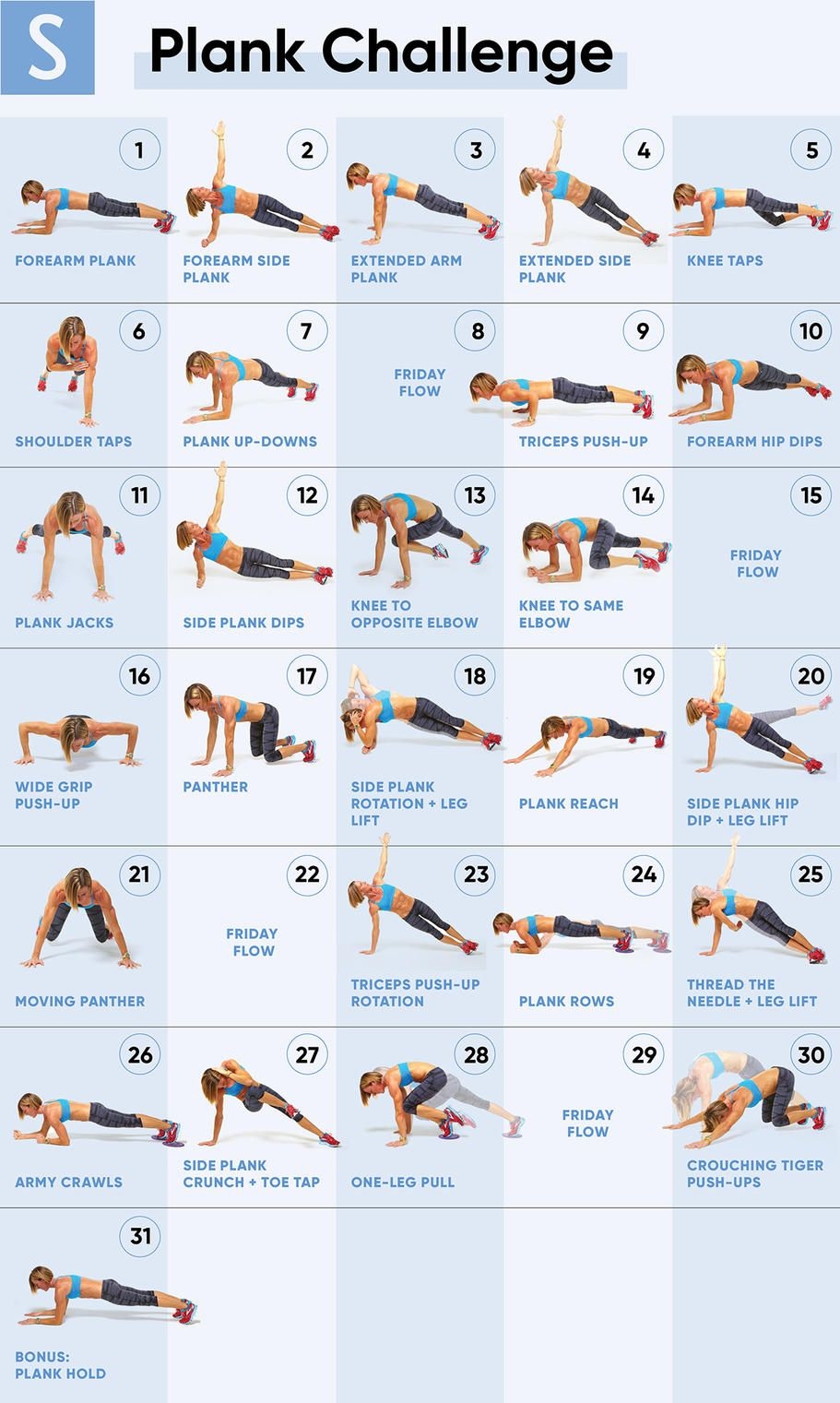


Do these at an easy pace, focusing on calmness and peacefulness as you move your body. Relaxed walks – There are a few 20 minute relaxed walks on the schedule.For these, walk for the amount of time, alternating between 1 minute of fast walking and 1 minute of slow, comfortable walking. Interval walks – You’ll see a few interval walks that also have time constraints listed.Try to do them at a brisk but comfortable pace. Time-based walks – These walks are listed as 20 minutes, 30 minutes, etc.Studies suggest low risk of injury among walkers, which may be reassuring if you’re nervous about getting started with a new exercise routine.The differences are due the amount of effort it takes each body carrying a larger number of pounds requires more effort over the same distance. According to Harvard Medical School, walking for one mile (at a speed of 17 minutes per mile) will burn 69 calories for a 125-pound person, 85 calories for a 155-pound person, and 101 calories for a 185-pound person. It burns calories to help with weight management.Walking is lower impact compared to running, which may be helpful for those who already have joint problems (though as a note, running isn’t thought to cause joint problems – it just may exacerbate pain in people that already have those issues).According to the Physical Activity Guidelines for Americans, adults should do at least 150 to 300 minutes of moderate-intensity exercise each week (or 75 minutes to 150 minutes of vigorous exercise) for substantial health benefits. Walking helps you meet current physical activity guidelines.It’s a cardiovascular exercise that improves heart health.


 0 kommentar(er)
0 kommentar(er)
